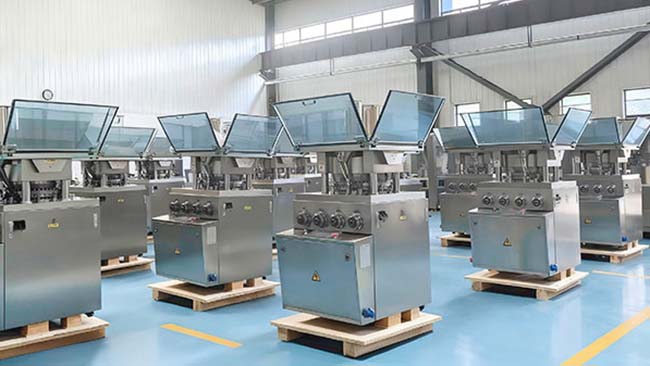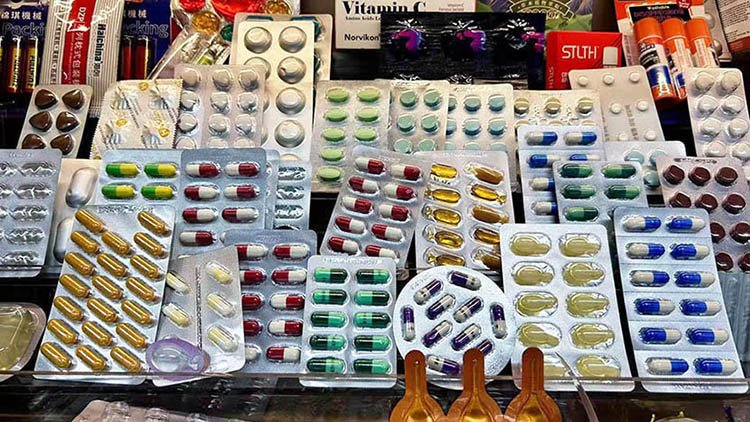When you walk down the aisles of a pharmacy or open a bottle of medication, the variety of colors on tablets and capsules is immediately apparent. From vibrant reds and blues to subtle whites and pastels, the color spectrum is as diverse as it is intriguing. But why are there so many colors, and what purpose do they serve? This article explores the reasons behind the use of colors in pharmaceuticals and the processes involved in creating these hues, shedding light on a fascinating aspect of drug development and consumer psychology.

1. Why Do Tablets and Capsules Come in Different Colors?
The colors of δισκία και κάψουλες are not merely for aesthetics; they serve several important functions that cater to both practical needs and psychological effects.
1) Identification and Differentiation
One of the primary reasons for using different colors in pharmaceuticals is to distinguish one drug from another. With thousands of medications on the market, varying in dosage, formulation, and purpose, unique colors help healthcare providers, pharmacists, and patients quickly identify the correct drug. This is particularly crucial in preventing medication errors, especially in environments where multiple medications are administered, such as hospitals or nursing homes.
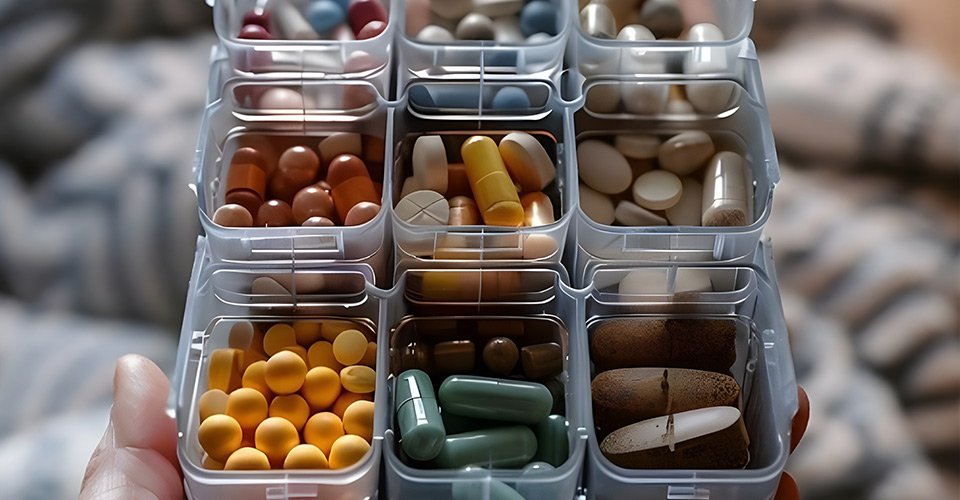
2) Brand Recognition and Marketing
For over-the-counter medications, color plays a significant role in brand identity. Companies often use specific colors to create a unique visual identity for their products, making them easily recognizable to consumers. For example, certain brands of pain relievers or cold medicines are associated with specific colors, helping customers identify their preferred product at a glance.
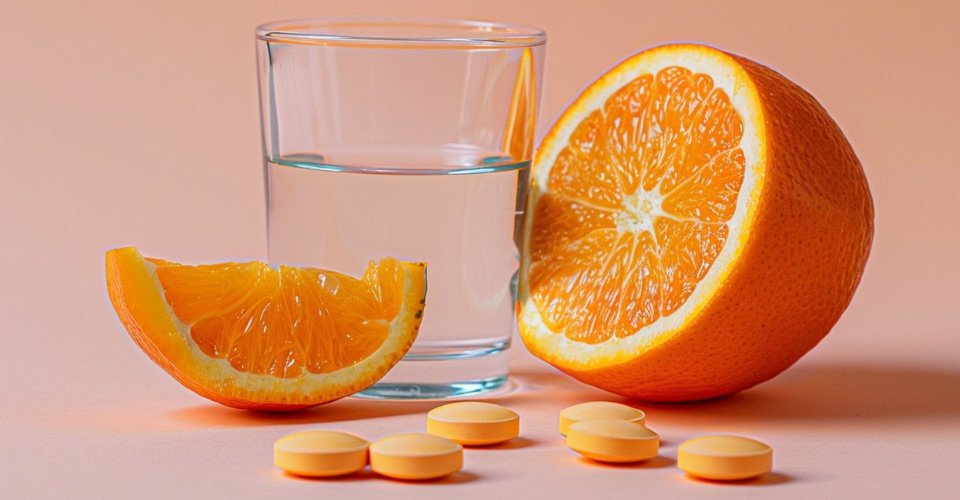
3) Συμμόρφωση Ασθενών
Colors can influence a patient’s willingness to take medication as prescribed. Studies have shown that patients are more likely to adhere to their medication schedule when tablets are visually appealing or have an association with efficacy. For instance, bright, bold colors are often perceived as more powerful, while softer tones may evoke a sense of safety or gentleness.

4) Psychological Impact
Colors are known to have psychological effects, and this extends to pharmaceuticals. For example:
- Red or orange tabletsare often used for stimulants or medications intended to energize.
- Blue or green tabletsare associated with calming or sedative effects.
- White tabletsoften suggest simplicity and purity.
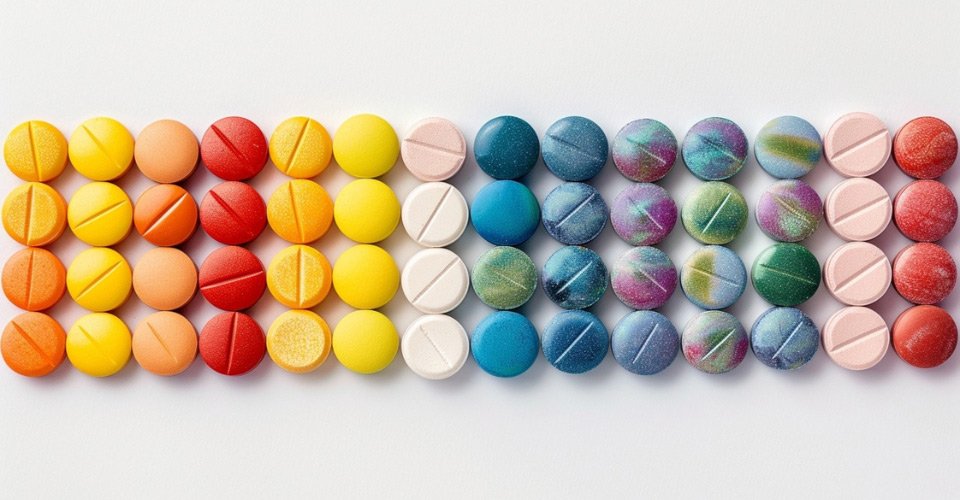
These subtle cues help align the perception of the drug’s effect with its intended purpose, enhancing the patient experience.
2. How Are the Colors Created?
Creating the colors of tablets and capsules involves a combination of science, regulation, and art. The process varies depending on whether the medication is a tablet, capsule, or coated form, but the following steps outline the general procedure.
1) Selection of Approved Colorants
Pharmaceutical manufacturers must adhere to strict regulatory guidelines when selecting colorants. Only food-grade dyes and pigments approved by regulatory agencies, such as the FDA in the United States or EMA in Europe, can be used. These include:
- Synthetic dyes, such as FD&C colors (e.g., FD&C Red No. 40).
- Natural colorants, like carotenoids or chlorophyll.
- Mineral-based pigments, such as titanium dioxide for white or iron oxides for red and yellow.
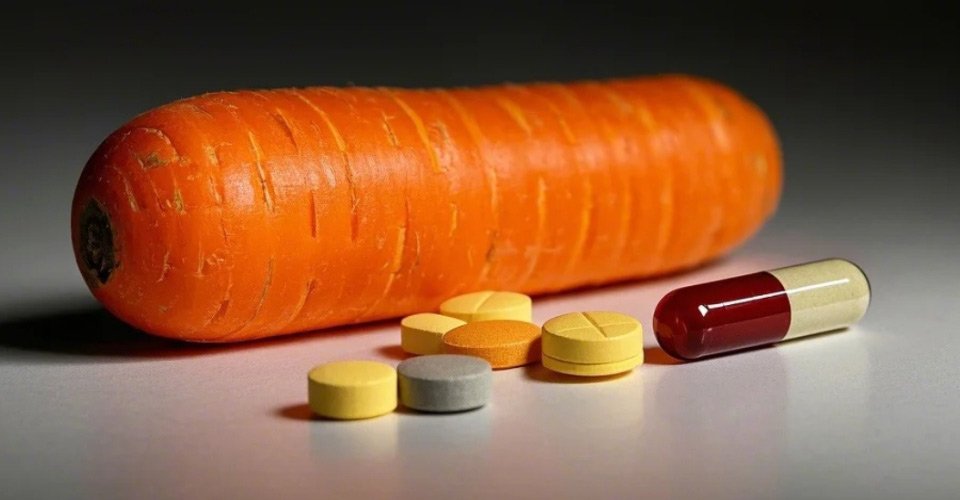
2) Mixing the Colorant with Excipients
Once the colorant is chosen, it is blended with other excipients—inactive ingredients that form the tablet or capsule. These excipients ensure the even distribution of color and contribute to the Tablet’s texture, stability, and dissolution properties.
3) Color Coating for Tablets
For coated tablets, the color is applied as part of the outer layer. This coating can be achieved through processes like spray coating or film coating. A polymer-based solution containing the colorant is sprayed onto the tablet while it tumbles in a specialized machine, ensuring a smooth and even finish.
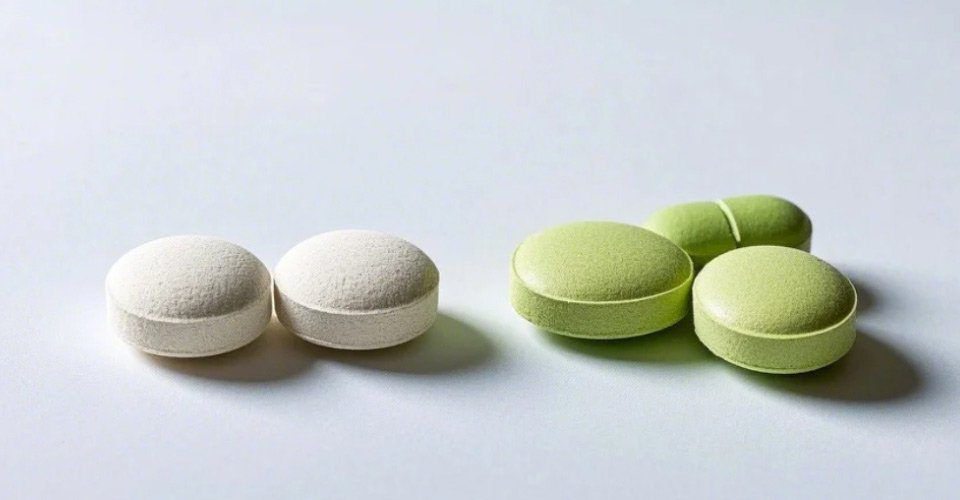
4) Capsule Shell Coloring
Capsules, whether hard-shell or soft-gel, are typically made of gelatin or plant-based materials like hydroxypropyl methylcellulose (HPMC). Color is added during the manufacturing of the shell, either by mixing liquid dyes with the gelatin solution or by adding powdered pigments. Capsules can also be made in two-tone designs by coloring the cap and body differently, further aiding in drug identification.
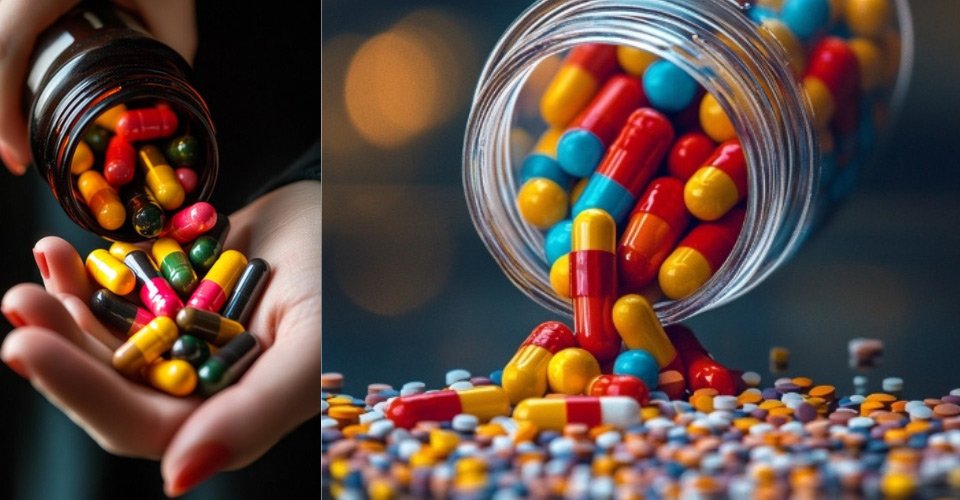
5) Έλεγχος Ποιότητας και Δοκιμές
Every batch of colored tablets or capsules undergoes rigorous quality control to ensure consistency. Parameters like shade, uniformity, and stability are tested to confirm the product meets specifications. This ensures that patients receive visually consistent medications, which is critical for brand integrity and patient trust.
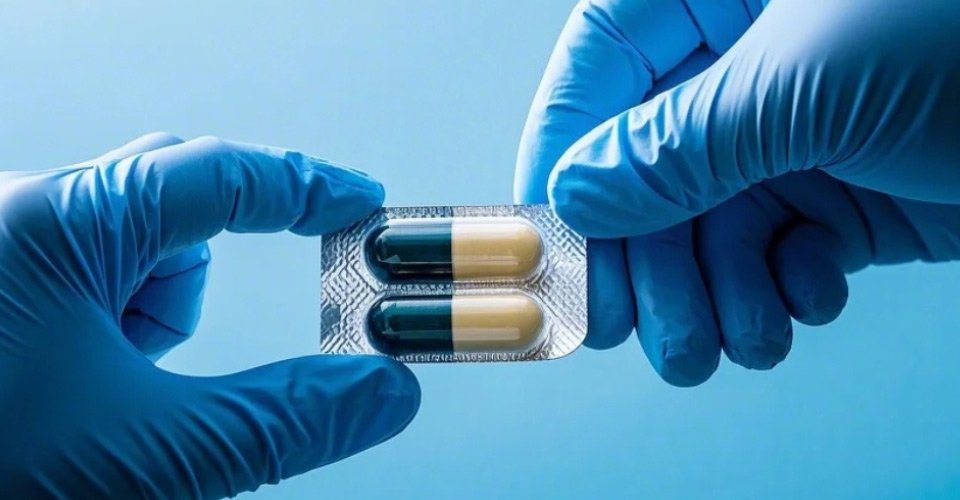
3. Balancing Functionality and Safety
While colors serve multiple purposes in pharmaceuticals, their inclusion must balance aesthetic and practical benefits with the highest standards of safety and functionality. Manufacturers face several considerations to ensure that the use of colorants enhances the product without compromising health, stability, or inclusivity.
1) Hypoallergenic Considerations
Some patients may experience sensitivities or allergic reactions to specific dyes, especially synthetic ones. To address this, pharmaceutical companies are increasingly offering dye-free or naturally colored alternatives. For example, children’s medications are often reformulated without artificial colors due to concerns about potential links between synthetic dyes and hyperactivity or other adverse effects. Similarly, medications intended for individuals with known allergies are now labeled explicitly as “dye-free,” expanding accessibility and ensuring safer choices for sensitive patient populations.

2) Light Sensitivity
Colorants play a critical role in safeguarding the stability of certain medications. Light-sensitive drugs, such as those containing active ingredients prone to photodegradation, benefit from darker or opaque coatings. These coatings act as a barrier, preventing exposure to harmful light that could degrade the drug’s potency and efficacy over time. For instance, medications stored in transparent or semi-transparent packaging may rely on a robust colored coating to maintain their integrity during storage and transportation, ensuring the patient receives the medication in its intended strength and form.
3) Cultural and Ethical Factors
In today’s globalized pharmaceutical market, cultural, dietary, and ethical considerations are paramount when selecting colorants. Gelatin capsules, traditionally made from animal by-products, may not be suitable for certain religious groups or vegetarians. To cater to these consumers, manufacturers increasingly use plant-based materials like hydroxypropyl methylcellulose (HPMC), combined with non-animal-derived pigments for coloration. Additionally, cultural preferences influence the choice of colors, with certain hues evoking positive connotations in specific regions—for instance, red might symbolize vitality in one culture but be associated with caution in another. By tailoring their formulations, companies can align with cultural sensitivities, enhancing trust and acceptance among diverse patient groups.
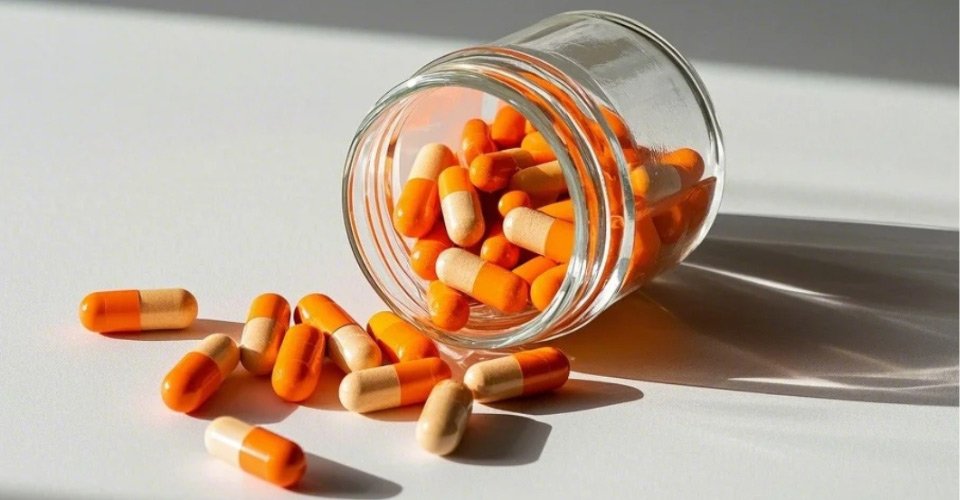
4 . Introducing Our Advanced Tablet Film Coating Machine
Ο Μηχανή επικάλυψης φιλμ δισκίων is an essential tool in modern pharmaceutical production, designed to apply a controlled, uniform coating layer to the surface of tablets. This advanced equipment ensures high-quality finishes, enhancing both the functionality and appearance of the tablets. It serves as an indispensable partner to πρέσα δισκίων and packaging machines, ensuring seamless production and superior results.
Βασικά χαρακτηριστικά
- Robust Specifications:Supports up to 64 kg per batch, suitable for both small and large-scale production, with a hot air cabinet ensuring consistent airflow for precise drying.
- Efficient Spraying System:Advanced spray guns provide precise, uniform coating application, with adjustable settings for different designs and batch sizes.
- Mixing and Tumbling Mechanism:Rotating pans ensure even tablet tumbling for uniform coverage, minimizing material waste and ensuring high-quality finishes.
- High-Performance Drying System:Integrated hot air systems efficiently evaporate solvents, synchronized with spraying for smooth solidification, while an exhaust system removes moisture effectively.
- Customizable Coating Build-Up:Gradual spraying and drying cycles achieve the desired coating thickness, texture, and appearance for diverse protective, functional, or aesthetic applications.
Please click the video below to learn more details about this machine.
5. Σύναψη
Colors in pharmaceuticals are far more than an aesthetic choice—they are a vital aspect of drug development, branding, and patient experience. From aiding identification and differentiation to influencing compliance and psychological perception, the science behind tablet and capsule shades highlights the interplay between functionality and consumer engagement. Under this circumstance, the tablet film coating machine is very important for making the tablets that suits the market’s need. At Συσκευασία Ruida, we are dedicated in proving our customers reliable machines and efficient customer’s support. If you are developing some new products that needs such coating technique, our tablet film coating machine is your perfect choice. If you are interested, please feel free to επικοινωνήστε μαζί μας.

